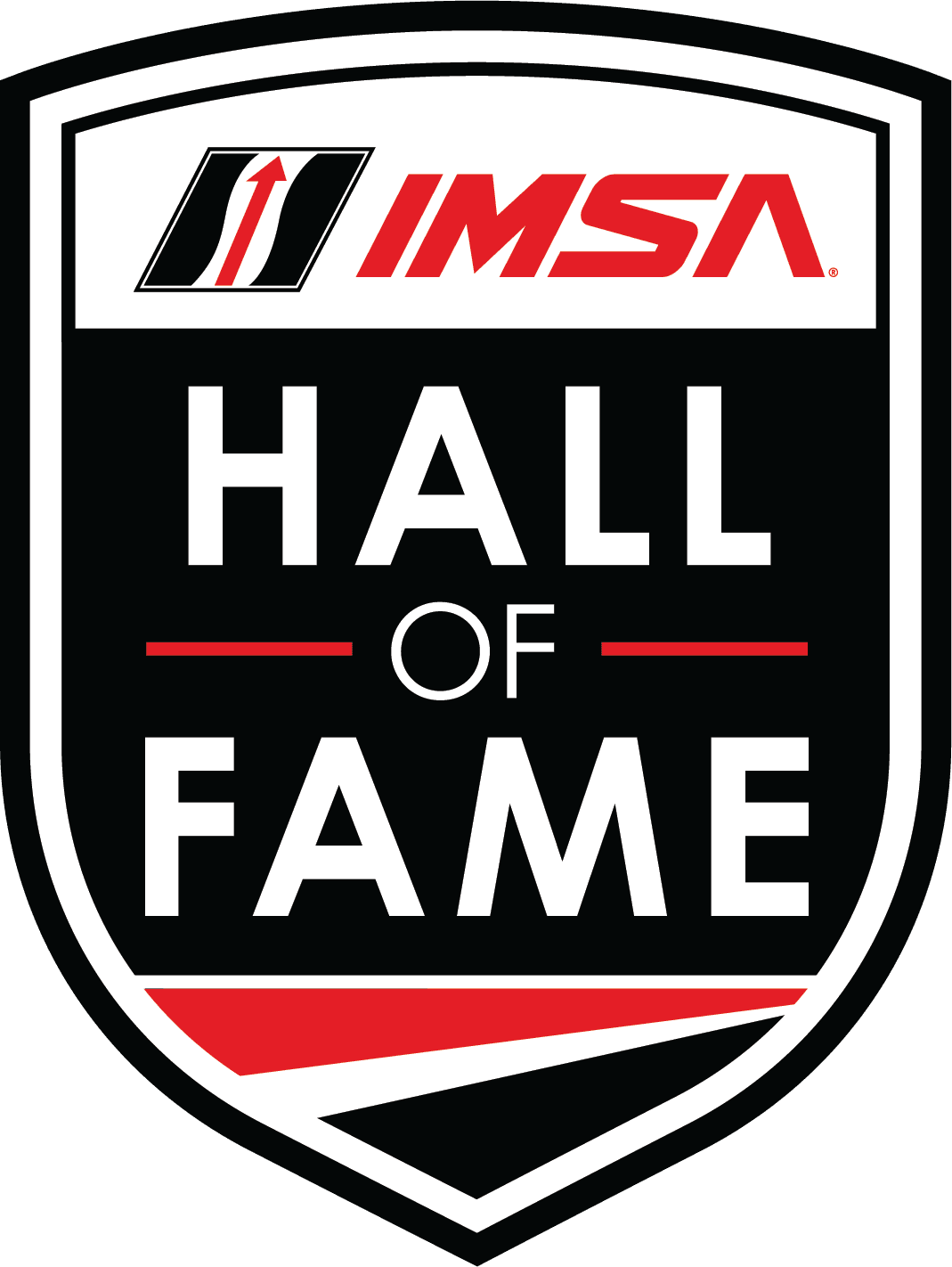John and Peggy
Bishop
INDUCTED:
2023
POSITION:
Founder
CAREER:
1969 - 1989
JOHN AND PEGGY BISHOP
By H.A. Branham
Serendipity brought John Bishop and his wife Peggy Bishop together with NASCAR Founder Bill France Sr. in 1969, as they co-founded a new, adventurous sports car sanctioning body – the International Motor Sports Association (IMSA). The Bishops admittedly didn’t know much about setting up a new organization, but they were quick studies.
After all, John Bishop knew his way around a good scrutineering. He had worked for the Sports Car Club of America (SCCA) for more than a decade, rising to executive director as a key player in the creation and operation of Can-Am, Trans-Am and Formula 5000. It was a somewhat contentious time, however. Bishop didn’t care for the organization’s politics; at the SCCA annual conventions, he regularly floated the possibility of leaving.
“I would always say to them that if we couldn’t work together, I would submit my resignation. Well, much to my surprise and chagrin in 1969 they did accept my resignation,” Bishop said.
The SCCA’s loss would be IMSA’s gain.
“It couldn’t have been more than a week later that the phone rang, and it was Bill Sr.,” Bishop recalled in 2014, only several weeks before his death at age of 78. “At the time, I knew Bill only as a leader of a sanctioning body, NASCAR. He immediately said, ‘I hear you’re leaving the SCCA. I think it’d be a shame for you to waste all those years of experience. I’ve got some ideas I’d like to talk about.’ “
Bishop left his home in Connecticut for Daytona Beach and a spontaneous, high-energy meeting with France that has become part of IMSA lore. Ideas flowed. Scotch flowed more. “Big Bill” was thinking large, as usual.
A catalyst: the Rolex 24 At Daytona, the annual endurance classic at France’s racetrack, Daytona International Speedway. France knew untapped potential – for that event, and beyond, for sports cars in North America – when he saw it, especially with a number of new road racing facilities opening. What he also saw was the need for strong leadership. France offered financial backing and organizational expertise if Bishop agreed to start a new sports car sanctioning body.
And, after all those years of not seeing eye-to-eye with the SCCA, Bishop’s vision suddenly cleared, scotch notwithstanding. Big Bill’s legendary persuasiveness no doubt was on full 6-foot-5 display, nudging Bishop to step onto the threshold of sports car history.
“When I got home, I talked to Peggy about it,” Bishop said. “We had no idea how much work it would be to start something that was brand new. But we did it, in the middle part of 1969.”
The rest is, as they say, history – and serendipity.
John Bishop served as IMSA President throughout his 20-year tenure, while Peggy Bishop managed IMSA staff, registration, timing/scoring and other essential processes. Peggy died in 2013. The Bishops were married 66 years.
It’s a bit hard to truly grasp all the Bishops accomplished, operating out of their Westport, Connecticut offices. From 1969-89, IMSA went from Formula Ford races on ovals to the pinnacle of worldwide sports car competition. Key: A landmark sponsorship deal secured with R.J. Reynolds in 1971, facilitating the creation of the legendary Camel GT Series that showcased international style endurance racing.
The cars were the stars – or at least they were supposed to be, but the Bishops’ IMSA became known for big-name drivers as well. A short list of regulars worth remembering: Hurley Haywood, Peter Gregg, Derek Bell, Al Holbert, Geoff Brabham, Juan Manuel Fangio II. In addition, people named Foyt, Andretti, Rahal – and others from the world of open-wheel – were known to make guest appearances, with the whole thing revolving, for years, around IMSA’s top class, the fabulous Grand Touring Prototypes (GTP).
The Bishops sold IMSA in 1989, ending an era that was glorious by any reasonable measure, headlined by the Rolex 24 At Daytona and the Mobil 1 Twelve Hours of Sebring but marked by expansion throughout the continent.
“Back in 1976, we made our last payment to Big Bill France, on the money he had loaned us to get IMSA up and running,” John Bishop said.
Bishop had two things to say to Bill France Sr. that night.
“I said here’s the last check … and then I asked him how we could ever thank him for backing us when we were fresh out of ideas on what to do with sports car racing?”
IMSA under the Bishops, said Hall of Fame driver Hurley Haywood, “was like a family. John was like the father and Peggy was like the mother. It worked brilliantly.”
Photo Gallery
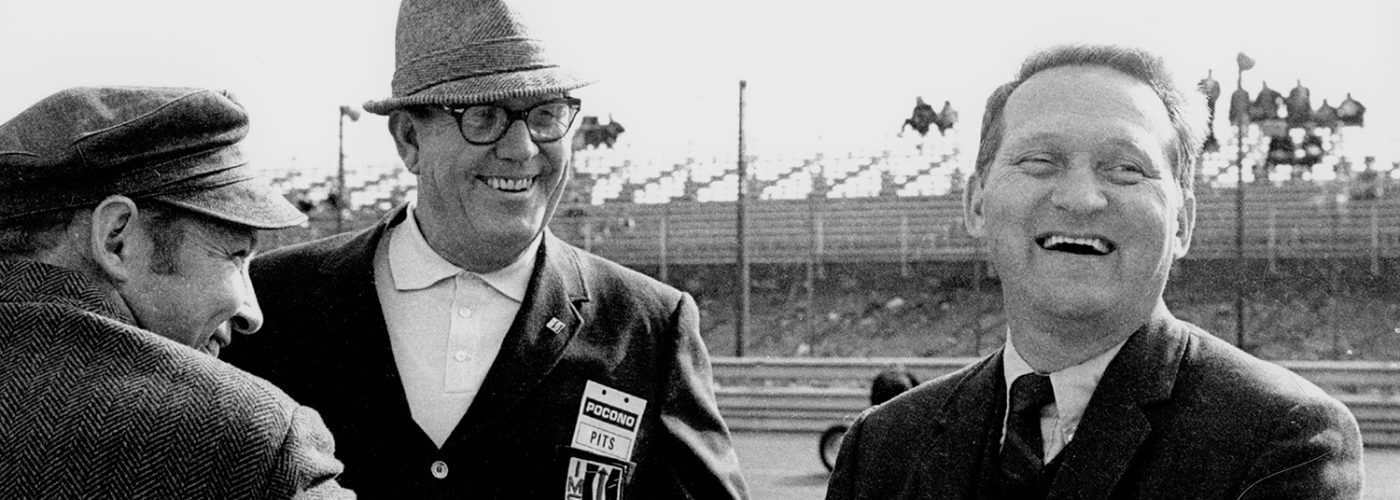



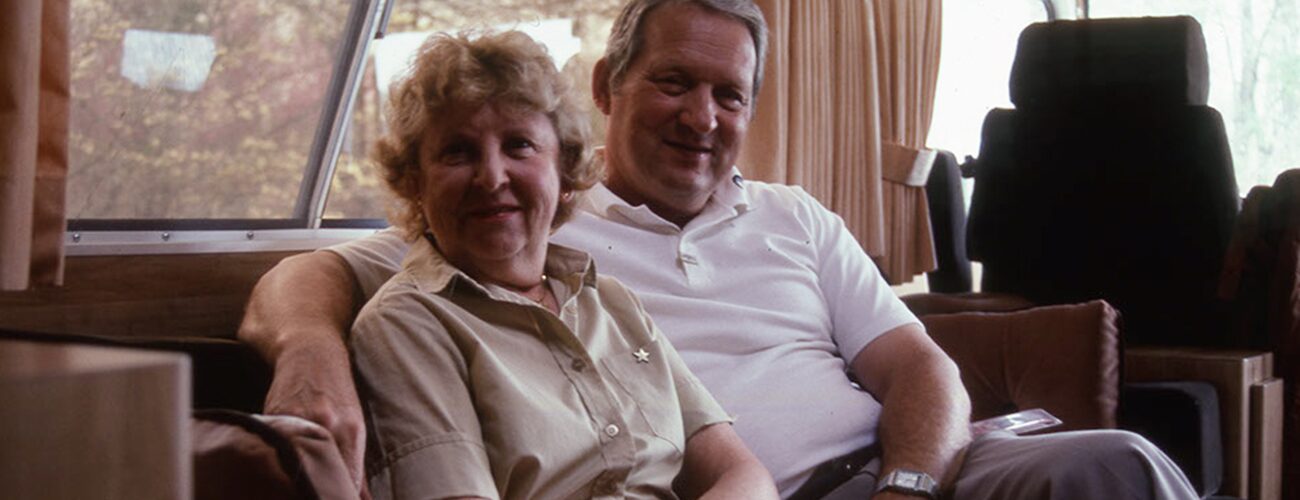



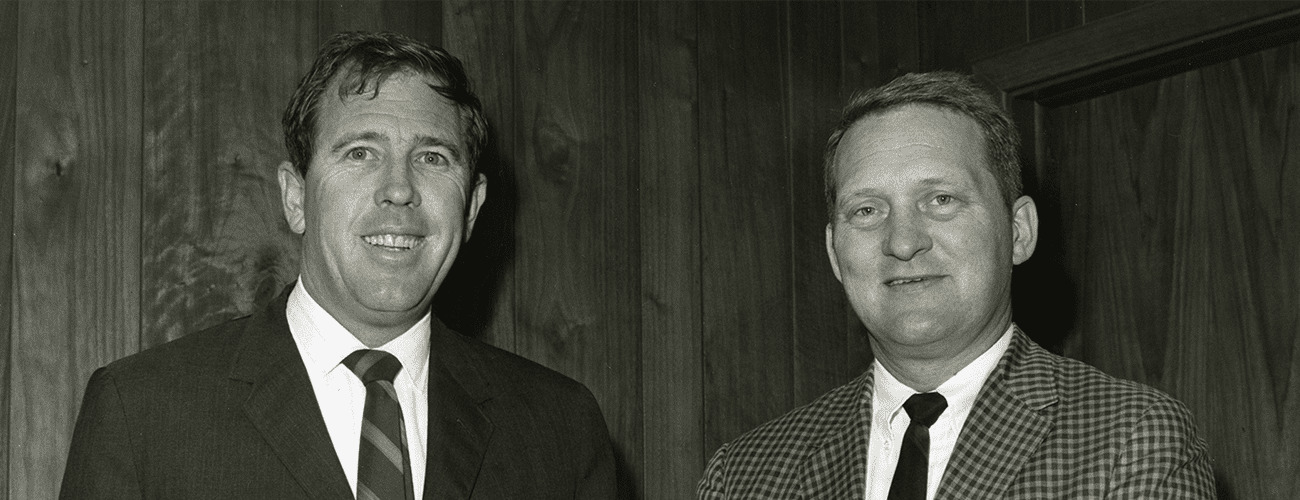






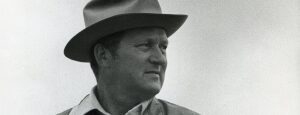




More Galleries
John and Peggy Bishop
